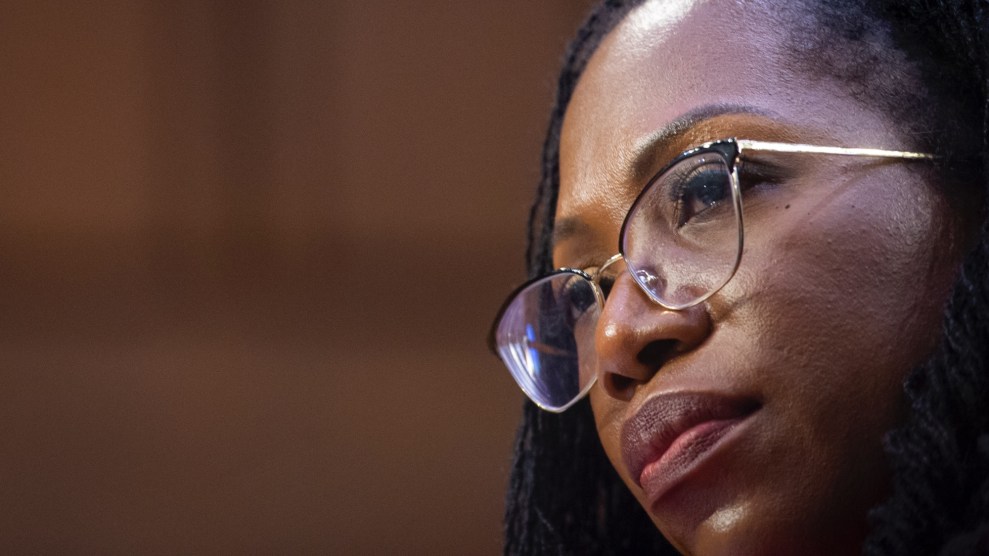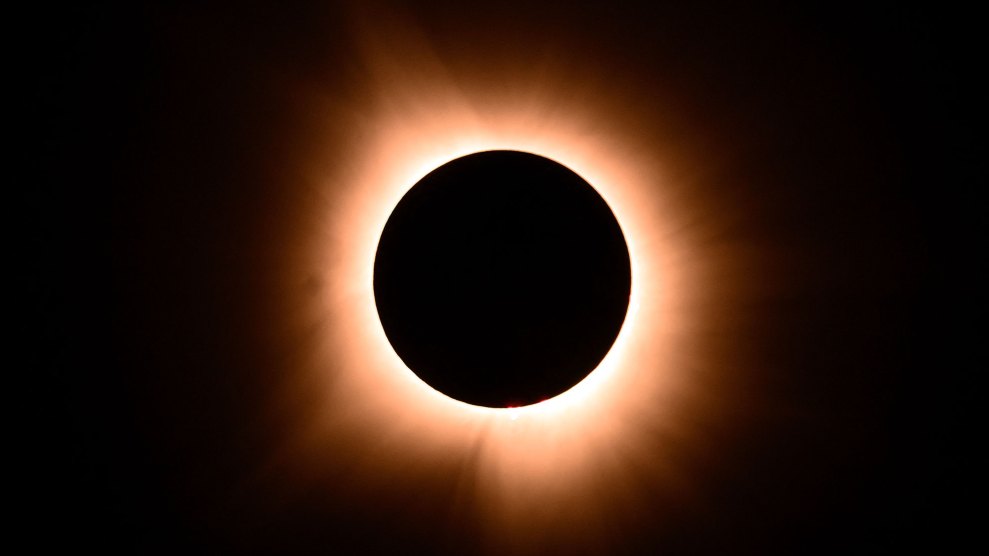A decade ago, in the midst of one of the worst droughts ever to hit southern Africa, I traveled to Zambia to stay with friends in the rural village of Sichiimbwe. I’d visited there twice before and been overwhelmed by the people’s generous spirit and unfailing grace. But this time, the village was so devastated by famine that the food I’d brought as gifts became for some the first meal they’d had in weeks. My friend, Jacob Hicoongwe, told of one desperate boy who’d eaten handfuls of dirt in an attempt to ease his hunger, then withered and died. The only assistance the village had received, Jacob told me, was from Norwegian aid workers who’d passed through the area. “Your country is the richest in the world,” he said. “Where is the United States now? What does America stand for?”
I was thinking about Sichiimbwe as I read the article in this issue by George Packer, who challenges liberals and progressives troubled by George W. Bush’s swashbuckling approach to foreign affairs to come up with a world vision of their own. Just what does the United States stand for? Anyone who travels in the developing world is struck by how many people still admire America and look to it for far more than material aid. Indeed, in the wake of September 11, that good feeling was evident in many quarters, and even our unilateralist president managed to voice noble words about America’s role in promoting “pluralism, tolerance, and freedom” in the world.
What a difference a year makes. This fall, the Bush White House released a 35-page policy paper titled “The National Security Strategy of the United States of America,” which set out a radically new and dangerous foreign policy doctrine. It was barely noted by the media, which was focused on the administration’s drumbeat for war on Iraq. But, as Todd Gitlin points out in this issue, this doctrine — which calls for aggressive use of U.S. military force and justifies preventive strikes anywhere on earth — is arrogant, dangerous, and “a gift to anti-Americans everywhere.” Its cavalier tone should not have surprised anyone who has been attuned to the administration’s Cheney-Rumsfeld-Wolfowitz wing, which has dictated so many key foreign-policy decisions. Yet the Democrats — and liberals and progressives in general — have had virtually nothing to say in response. Liberals “can’t stand up,” Packer writes, “because they have nowhere to stand, no alternate vision of what purpose America’s enormous power in the world should serve.”
What should that vision be? The answer to that is also the answer to Jacob Hicoongwe’s question of what America stands for. What we should stand for is promoting the fundamental liberal values of liberty and equality and economic opportunity. But if the administration continues on its current course, the United States will stand for dominance without responsibility and power with little purpose except advancing its own self-interest. It’s a disturbing image — the 21st-century imperial version of the ugly American — and a dangerous one. For it betrays the hopes of people throughout the world who, like the villagers of Sichiimbwe, have clung to the idea that eventually some of America’s promise may also be fulfilled for them.














